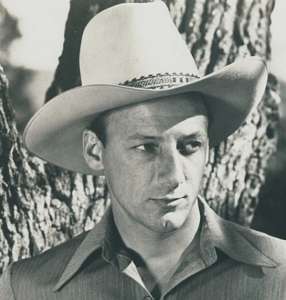I’M JUST CURIOUS: Clean the season

 by Debbie Walker
by Debbie Walker
I always thought that Spring is the season of cleaning, but I read a column in our local newspaper, Citrus Chronicle, not so. Maybe someone changed the season, and I missed it! Thanks to Patricia Shannon I read about it in August and just settled down now to write.
You will, of course, go by your weather for mowing and that will obviously be different here in Florida. The timing will be different, but the care will be very much like ours. Before you store it inside it will have to be cleaned. You will have to remove any stuck-on debris. If you wait until spring it will be much more of a job. I suggest you get out your owner’s manual for correct instructions. I imagine the instructions for cleaning will have the details for sharpening, remove the filter and battery and sharpen the blades, drain the gasoline, replace the oil and cover machine.
If you must bring your grill inside for the next season (they must be cleaned here, too, just not so often here). If it is time to clean your grill for a season, you probably need to get it done before you need to use your slow cooker for the winter recipes.
If you own a pool, bring out pool toys and equipment that need to be cleaned and stored. Check them first for wear and tear. It may be time to trash some pieces. Maybe if you look you will find some things marked down for the end of season.
End of season sales may also include bathing suits and pool towels. Remember the Salad Spinners you used to see advertised on TV? If you still have it make a habit of rinsing suits out and spin them almost dry. Your last pool towel washing should be done in hot water (not your suits).
Time to clean the window screens. It does collect over a few months even if we don’t realize it. Once you begin cleaning you will be wondering, “How did that happen?” Once cleaned, it is a good time to make any repairs to the screen or the window frame. (I hate bugs, especially the ones that buzz and bite me!}
Cleaning outdoor cushions and furniture is also included in the list of fall activities. When I worked at a recreation club at their pool. I lined my furniture and cushions out for a hose down party using whatever is my cleaning product at the time. Once done the party, hose yourself to get rid of any chemicals trying to hitchhike on you.
We use our ceiling fans year-round and I did when I lived in Maine. I like to feel the air moving. Since I have allergies, I may be a little more aware of the dust content on my fans. I don’t wait for the sneezing to clean them. Once a month seems to help me.
When you are finished with your fall cleaning why not go out and pick apples. Take a group for extra fun. Just be careful.
I’m just curious what I am forgetting to add to the list, maybe you would let me know. Contact me with any questions or comments at DebbieWalker@townline.org. Thanks for reading and have a wonderful week.







 Now is the time to protect yourself and those you care for from COVID, the flu and RSV by getting vaccinated.
Now is the time to protect yourself and those you care for from COVID, the flu and RSV by getting vaccinated.





